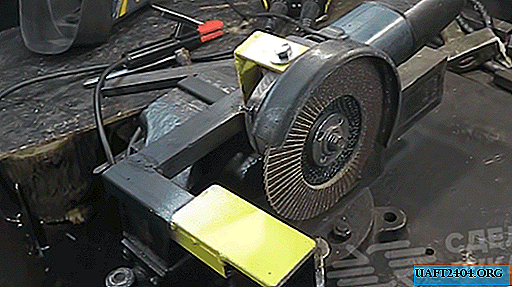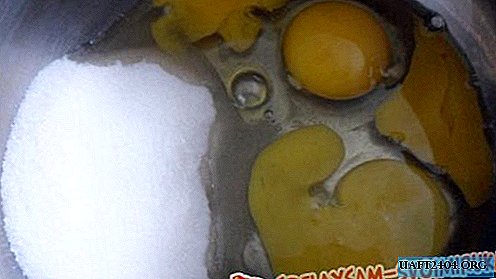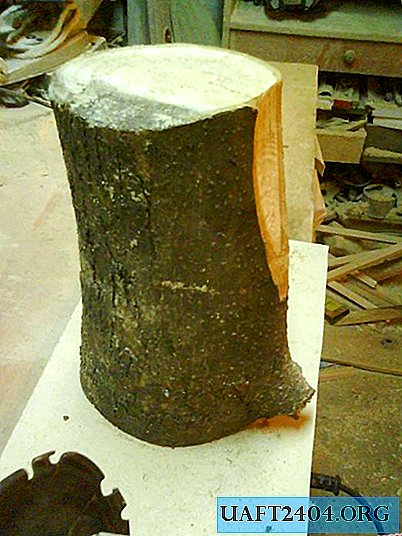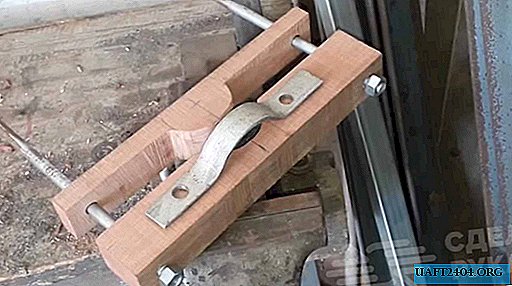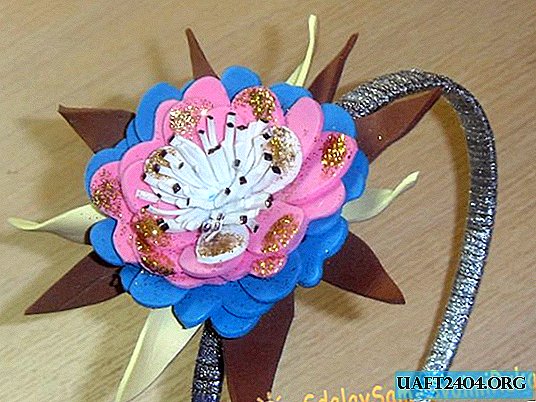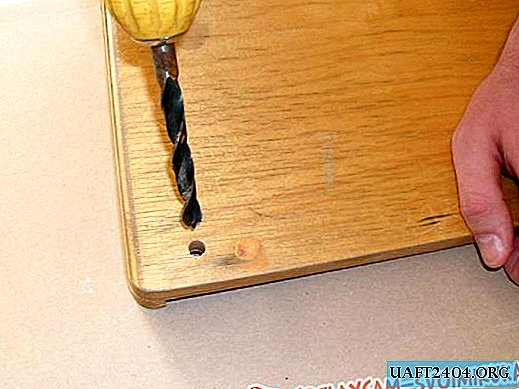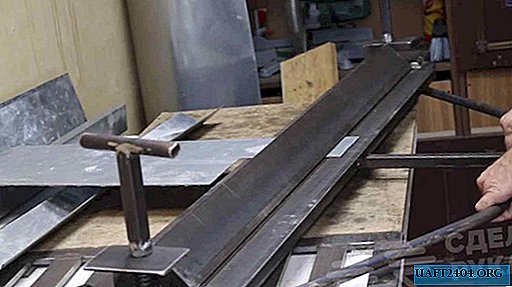Despite the fact that the sale of hydrochloric acid is limited and it can be difficult to buy at retail, everyone can easily make it from polyvinyl chloride - one of the most common plastics. They make wire sheaths, toys, and many household and industrial products from PVC.
For our purposes, PVC is needed in the form of chips.
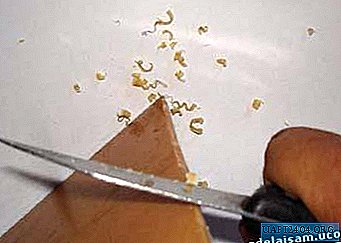
Let's build a simple device. In a glass - water, over which the exit from the tube is covered with a rubber "umbrella". The tube and umbrella must not touch water. the tube must be completely dry outside (or else it will burst). Vata is loose. Heat the chips.

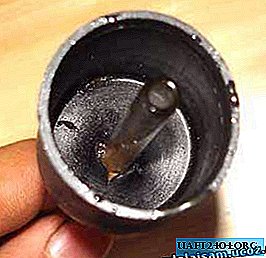
Thermal decomposition of PVC releases gaseous HCL that dissolves in water. In addition, if we are dealing not with pure PVC, but with plastics based on it (which usually happens), then with the HCL any foul-smelling muck is released into the air, so the experiment should be carried out in appropriate conditions.

Continue the process until the chips turn black. It may take longer, but HCL will not noticeably increase, and washing the tube will be problematic.

On the left is the test of a “purchased” 10% HCL solution, on the right is our “samopal”. Apparently, its concentration is about
5%.
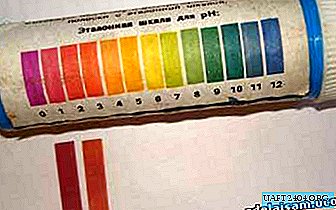
The resulting hydrochloric acid oxidizes metals (especially zinc), reacts with alkalis, etc. - in general, behaves as it should be with hydrochloric acid.
Source: hov-make.ru

